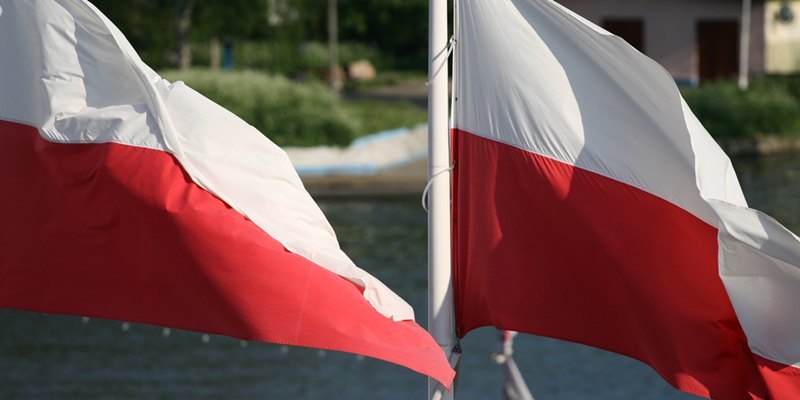The body of a secret war hero is set to be removed from his humble Scottish grave so he can be buried with full military honours in his homeland.
Polish military intelligence officer Colonel Gwidon Karol Langer is to be formally recognised for the role he played in cracking the Enigma code during the Second World War.
A rare application to disinter a body has been lodged at Perth Sheriff Court and it is expected that the grave will be exhumed before the end of the year.
Colonel Langer died in Kinross in 1948 after being resettled here at the end of the war after being captured by German troops in France. He was buried next to the official Polish war cemetery in Perth, but not in it, as his contribution to the war effort was unknown at the time.
Now the Polish authorities want to fly his remains back to his home village and provide him with a full military burial and have backed his daughter’s legal action.
Hanna Kublicka-Piottuch has formally raised the disinterment action at Perth Sheriff Court, with the backing of the Polish government and Poland’s embassy in the UK.
Initial steps have been taken by Perth and Kinross Council to approve the move as a practical one, which will be carried out by local funeral directors Strang & McLagan. In his application to disinter remains, solicitor Graham Harding said, “The applicant is the daughter and only surviving child of Colonel Langer. His remains are interred in Wellshill Cemetery, Perth.
“Colonel Langer was born in 1895 and died, aged 53, on 30 March 1948. At the time of his death he was a serving officer with the Polish Army. As a result of the political situation in Poland after the end of World War II, Colonel Langer was unable to return to Poland.Enigma role”Colonel Langer was a senior officer in the Special Department of Polish Military Intelligence and played a part in the decryption of the German Enigma Code machine. The Polish government wish to organise for Colonel Langer a military re-burial with all military honours in his home town of Cieszyn in the municipal cemetery there.
“His daughter is fully supportive of her government’s proposals and wishes her late father’s remains to be re-buried in Poland, near to her home, in order that she can visit his grave regularly.”
Mr Harding confirmed that the local authority’s principal bereavement officer ruled that it would be feasible to disinter the remains of Col Langer.
The action will be given 21 days for answers, and after that the process of returning Col Langer’s remains to Poland will be started. After his body has been exhumed, it is expected that further arrangements for transfer will be conducted by the Polish embassy.
Col Langer, who died of a heart attack while living in the Kirklands Hotel in Kinross, led a team which cracked the Enigma code several years before the code-breakers of Bletchley Park.
The Polish authorities have long considered their role in breaking the code recognised as a key moment which turned the war in the Allies’ favour has been under valued.
Although the Germans had improved the code after the Poles broke it, it was the initial work by Colonel Langer’s team which broke the ground for the British to unlock Enigma.
Canadian historian Witold K. Liliental said Colonel Langer played a vital role in breaking the Enigma code, thereby letting the Allies discover German military plans instantaneously.
He added, “For many years the role of Poles was either totally ignored or skimmed over with only vague references in historical literature. Polish mathematicians broke the Enigma code before the outbreak of World War II.”
He said three young maths students took up posts as code-breakers in the Cipher Bureau of the Polish Army, under the command of Colonel Langer.
“Realising the looming danger of war with Hitler, the Polish High Command decided to share the closely guarded secret with her Allies, Britain and France. This happened at a meeting in Warsaw in 1939.”
The Enigma machine was based on a typewriter with the keys electrically attached to further letters which continually moved 1/26th of a revolution each time it was energised. It was considered by the Germans to be totally safe and unbreakable.
Photo by Flickr user wlodi.
